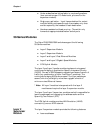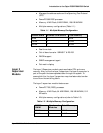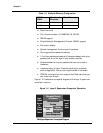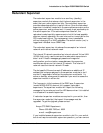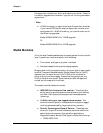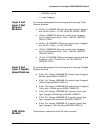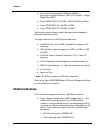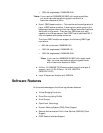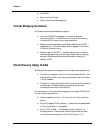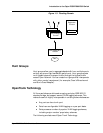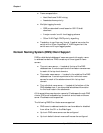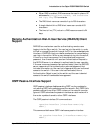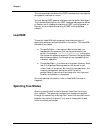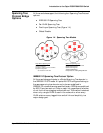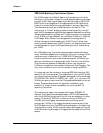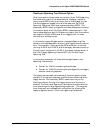
1-16
Chapter 1
Cajun P550R/P880/P882 Switch User Guide
■
Load MIB
■ Spanning Tree Modes
■ Buffer and Queue Management
Virtual Bridging Functions
All three switches are designed to support:
■ Up to 24,000 MAC addresses in the switch address
forwarding table — allows the switch to store forwarding
information for hosts in very large networks.
■ Segmented address tables qualified by address and VLAN
membership — allows the same host to appear on different
VLANs on different ports.
■ Optional per-VLAN STP — isolates loop control to smaller
domains, so spanning trees converge faster after a topology
change. Otherwise, packets are forwarded to the port’s
default VLAN.
Flood Pruning Using VLANs
VLANs provide network managers with two significant capabilities:
■ The ability to segment traffic in a flat switched network. This
helps prevent traffic from being forwarded to stations where
it is not needed.
■ The ability to ignore physical switch locations when creating
workgroups. VLANs are logical constructions and can
traverse physical switch boundaries.
The hardware on all three switches support port-based VLANs with
the following characteristics:
■ Frames classified as Layer 1 (Port-based) when they enter the
switch
■ Explicitly tagged VLAN packets — these are forwarded based
on the information in the packet.
■ Up to 1,000 VLANs — VLANs define a set of ports in a
flooding domain. Packets that need to be flooded are sent
only to ports participating in that VLAN (Figure1-3).



